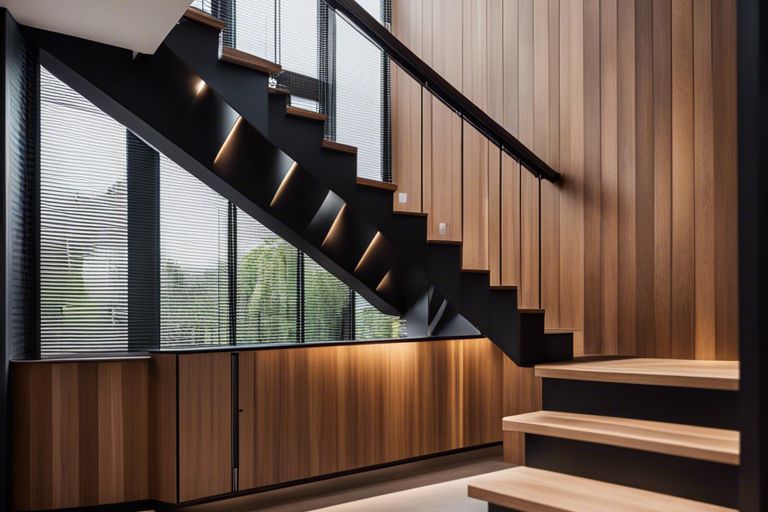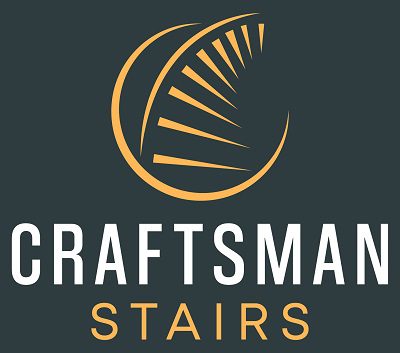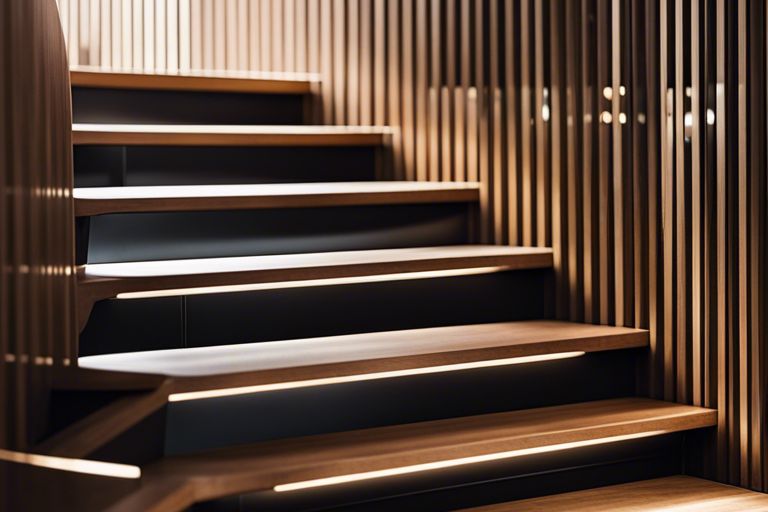You may have just installed a beautiful timber staircase in your home or commercial space, but now comes the important decision of choosing the right finish. In Australia, there are several options available for finishing timber staircases that not only enhance the beauty of the wood but also protect it from wear and tear. From traditional stains and varnishes to modern polyurethanes and oils, each finish has its own unique qualities and benefits. This blog post will guide you through the various timber staircase finishes popular in Australia, helping you make an informed choice for a stunning and durable staircase.
Key Takeaways:
- Popular finishes: In Australia, popular finishes for timber staircases include staining, painting, oiling, and waxing.
- Staining: Staining is a common choice as it enhances the natural beauty of the timber while providing protection.
- Painting: Painting is a versatile option that allows for creative expression and can be easily customized to match any interior decor.
- Oiling and waxing: Oiling and waxing are popular for their ability to bring out the richness of the timber and provide a durable finish.
- Maintenance: Regular maintenance such as cleaning, polishing, and reapplication of finishes is crucial to keep timber staircases looking their best and prolong their lifespan.
Ten Facts About Timber Staircase Finishes in Australia
- Timber is a popular choice for staircases in Australia due to its natural textures, durability, and architectural beauty.
- Common woods used for stairs include pine and oak, but other Australian hardwoods and engineered timber are also popular choices.
- Australian standards require a minimum stair width of 600mm, a minimum clearance between railings of 550mm, and a landing width of at least 600mm.
- Stairs should slope between 20-45 degrees, ideally 30-38 degrees, with a minimum headroom of 2 meters.
- Treads must be slip-resistant and extend fully across the stairway.
- A maximum of 18 stairs can be in a single flight before a landing is required, with landings at least 2 meters long or changing direction by 90 degrees every 36 stairs.
- Relevant Australian standards for design, construction, slip resistance, and access include AS 1657, AS/NZ 4586, and AS 1428.1.
- Choosing quality timber materials for stairs can enhance aesthetics and property value long-term.
- Timber stairs are a stylish and functional option for new builds or repairs.
- Opting for timber allows for natural textures, colours, and durability that can last for generations.
Types of Timber Used in Australian Staircases
Little do homeowners realize that the choice of timber can greatly impact the aesthetics and durability of their staircase. Australian staircases often feature a variety of timber types, each with its unique characteristics and applications. It is imperative to understand the different timber options available to make an informed decision when designing or renovating a staircase.
| Hardwoods Commonly Utilised | Softwoods and Their Applications |
| Spotted Gum | Pine |
| Blackbutt | Cypress Pine |
| Jarrah | Cedar |
| Tasmanian Oak | Hemlock |
| Ironbark | Douglas Fir |
Hardwoods Commonly Utilised
An array of hardwoods is commonly used in Australian staircases due to their durability and natural beauty. Spotted Gum, Blackbutt, Jarrah, Tasmanian Oak, and Ironbark are popular choices that can withstand heavy foot traffic and maintain their appearance for years to come. These hardwoods are known for their strength and resistance to wear and tear, making them ideal for staircase construction.
Softwoods and Their Applications
An alternative to hardwoods, softwoods like Pine, Cypress Pine, Cedar, Hemlock, and Douglas Fir are also utilized in Australian staircases. Softwoods are lighter in weight and easier to work with, making them a cost-effective option for homeowners. Their versatility allows for various design possibilities, making softwoods a popular choice for both traditional and modern staircase designs in Australia.
Their affordability and abundance make softwoods a practical choice for homeowners looking to achieve a stylish staircase on a budget. While not as durable as hardwoods, softwoods can still provide a beautiful finish when properly maintained and finished.
Overview of Timber Staircase Finishes
While designing or renovating a staircase, choosing the right finish is crucial to enhance the beauty and durability of the timber. In Australia, there are various finishes available for timber staircases, each with its unique advantages and aesthetic appeal.
Staining Techniques
Staining is a popular technique used to enhance the natural beauty of timber while adding colour and depth to the staircase. It involves applying a coat of stain that penetrates the wood to highlight the grain and texture. Stains come in a variety of colours to suit different styles and preferences, making it a versatile option for timber staircases.
Varnishing and its Advantages
On the other hand, varnishing is a protective finish that creates a hard, transparent coating on the surface of the timber. Varnish not only enhances the appearance of the staircase but also protects it from wear and tear, scratches, and moisture damage. This makes varnishing an ideal choice for high-traffic areas like staircases.
Staircase finishes play a significant role in the overall aesthetics and longevity of timber staircases in Australia. By choosing the right finish, homeowners can ensure that their staircase not only looks stunning but also withstands the test of time.

Application Methods and Maintenance
After installing a beautiful timber staircase, the next step is to decide on the finish. Timber staircases add warmth and elegance to any space. You can choose between professional finishing or DIY approaches.
Professional Finishing vs. DIY Approaches
To achieve the best results, it is advisable to consider professional finishing for your timber staircase. Professional finishers have the expertise and tools to ensure a high-quality finish that will last for years to come. While DIY approaches can be cost-effective, they may not always deliver the same level of durability and aesthetic appeal as a professional finish.
Long-Term Care and Maintenance of Timber Staircases
Careful maintenance is crucial to preserve the beauty and longevity of your timber staircase. Regular dusting and cleaning with a damp cloth can help prevent dirt and grime buildup. Avoid using harsh chemicals or abrasive cleaners, as they can damage the finish of the timber. Additionally, consider reapplying a protective finish every few years to keep your staircase looking its best.
With proper care and maintenance, your timber staircase can remain a stunning focal point in your home for years to come.

Trends and Innovations in Timber Staircase Finishes
Eco-Friendly and Sustainable Options
Innovations in timber staircase finishes have led to a rise in eco-friendly and sustainable options. Despite the traditional use of harsh chemicals in finishes, modern techniques now prioritize environmentally friendly alternatives. Water-based finishes, natural oils, and low-VOC products are becoming increasingly popular choices for those looking to reduce their carbon footprint without compromising on quality.
Advances in Durable Finishing Products
Any discussion on timber staircase finishes must include significant advances in durable finishing products. Today, there is a wide range of high-performance coatings and sealants available that provide superior protection against wear and tear, UV rays, moisture, and scratches. These products not only enhance the aesthetic appeal of the staircase but also prolong its lifespan, making it a practical and long-lasting investment.
To ensure the longevity and beauty of timber staircase finishes, it is crucial to stay informed about the latest trends and innovations in the industry. By incorporating eco-friendly options and utilizing advances in durable finishing products, homeowners can achieve stunning staircase finishes that are both sustainable and resilient.
Final Words
With these considerations in mind, it is evident that choosing the right timber staircase finish in Australia requires careful planning and selection. By understanding the different finishes available, assessing the durability and maintenance requirements, and considering the aesthetic appeal, homeowners can make an informed decision that suits their style and budget.
Whether opting for a natural oil finish to enhance the wood’s natural beauty, a urethane coating for added protection, or a stain for a customized look, the finish of a timber staircase can greatly impact the overall appearance and longevity of the staircase. Taking the time to research and select the appropriate finish will ensure a stunning and durable staircase that enhances the beauty and value of any home.
FAQ
Q: What are the common finishes for timber staircases in Australia?
A: Common finishes for timber staircases in Australia include staining, painting, varnishing, oiling, and waxing. These finishes help enhance the natural beauty of the timber while providing protection against wear and tear.
Q: How often should timber staircases be refinished in Australia?
A: Timber staircases in Australia should be refinished every 1-3 years, depending on the type of finish used, the amount of foot traffic, and exposure to sunlight. Regular maintenance is vital to prolong the lifespan of the staircase.
Q: What are the benefits of staining a timber staircase?
A: Staining a timber staircase in Australia can enhance its natural grain and colour, provide protection against UV rays, moisture, and wear, and create a more durable finish compared to painting. Stains are available in a variety of colours to suit different design preferences.
Q: How do I maintain a varnished timber staircase in Australia?
A: To maintain a varnished timber staircase in Australia, regularly dust and sweep the stairs to remove dirt and debris. Avoid using harsh cleaning products and instead opt for a damp cloth with mild soap. Refrain from dragging heavy objects on the stairs to prevent scratches.
Q: Can I change the finish of my timber staircase in Australia?
A: Yes, you can change the finish of your timber staircase in Australia by sanding down the existing finish and applying a new one. However, it is recommended to consult with a professional to ensure proper preparation and application of the new finish for optimal results.
Advice & Actionable Tips
When selecting timber for staircase finishes in Australia, consider the following tips:
- Choose timber species suitable for exposed outdoor conditions, such as hardwoods like ironbark and spotted gum, or treated plantation pine.
- Ensure stringers and treads are made from 50mm thick dressed timber for durability.
- Design riser heights between 190-150mm and tread widths using the formula 2R + T = 550-700mm for safety and comfort.
- Maintain uniform riser heights and a minimum 240mm tread width for each step.
- Use the right tools and hardware for installation, including a saw, hammer, measuring tools, drill, chisel, angle brackets, bolts, nails, and timber treatment.
🌐 Article Sources & Resources
- Craftsman Stairs – What Are the Australian Design Rules For Stairs In Australia?: Details Australian regulations and design rules for staircases.

